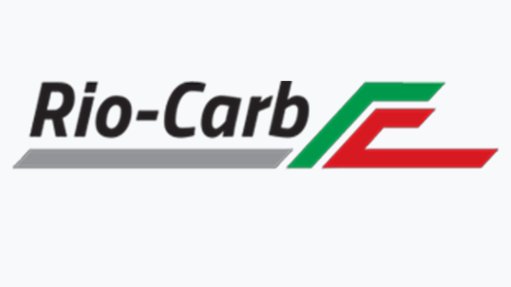Ester-gazers: Testing guidelines for natural Ester oils in transformers – Part 1
This article has been supplied.
1.SOME BACKGROUND INFORMATION ON MIXTURES OF NATURAL ESTER OILS AND OTHER DIELECTRIC FLUIDS
Natural esters and mineral oils are miscible and mostly compatible; they are also compatible with halogenated hydrocarbon insulating fluids. Mixing mineral oil and natural esters may or may not significantly impact the typical properties of impact performance. If the property values change, it may or may not be proportional to the ratio of the content of the fluids.
Too much mineral oil contamination of the natural ester might fail to meet the requirements of the Safety Code. The natural ester manufacturer should be contacted to determine the maximum mineral oil content range, that is allowed, to ensure that flammability parameters are met. Typically, a maximum of 7% mineral oil is acceptable.
As a rule, it is not advisable to mix synthetic esters, synthetic hydrocarbons, and high molecular weight hydrocarbons, although they are miscible. Silicone fluid is not miscible with natural ester oils, so cross contamination should be avoided. Typically, natural esters are miscible with non-flammable halogenated hydrocarbons, like PCBs. This might occur when retro filling older transformers that are filled with this insulating fluid. It would be advisable to consult the manufacturers in such a case.
2. LABORATORY SCREENING RECOMMENDATION FOR CLASSIFYING IN-SERVICE NATURAL ESTER OILS
- Visual condition (ASTM D1524)
- Colour (ASTM D1500)
- Dielectric breakdown voltage (ASTM 1816)
- Water content (ASTM D1533)
- AC loss characteristics (dissipation factor) (ASTM D924)
- Fire point (ASTM D92)
- Viscosity (ASTM D445)
- DGA – we will look at the interpretation of these values in a follow-up article
- Functional tests, although not required:
- Interfacial tension (ASTM D971)
- Relative density (ASTM D1298)
- Pour point (ASTM D97)
- Volume resistivity (ASTM D1169)
- Neutralisation number (ASTM D664 and ASTM D974)
See attached the Technical Bulletin 85.
Article Enquiry
Email Article
Save Article
Feedback
To advertise email advertising@creamermedia.co.za or click here
Comments
Press Office
Announcements
What's On
Subscribe to improve your user experience...
Option 1 (equivalent of R125 a month):
Receive a weekly copy of Creamer Media's Engineering News & Mining Weekly magazine
(print copy for those in South Africa and e-magazine for those outside of South Africa)
Receive daily email newsletters
Access to full search results
Access archive of magazine back copies
Access to Projects in Progress
Access to ONE Research Report of your choice in PDF format
Option 2 (equivalent of R375 a month):
All benefits from Option 1
PLUS
Access to Creamer Media's Research Channel Africa for ALL Research Reports, in PDF format, on various industrial and mining sectors
including Electricity; Water; Energy Transition; Hydrogen; Roads, Rail and Ports; Coal; Gold; Platinum; Battery Metals; etc.
Already a subscriber?
Forgotten your password?
Receive weekly copy of Creamer Media's Engineering News & Mining Weekly magazine (print copy for those in South Africa and e-magazine for those outside of South Africa)
➕
Recieve daily email newsletters
➕
Access to full search results
➕
Access archive of magazine back copies
➕
Access to Projects in Progress
➕
Access to ONE Research Report of your choice in PDF format
RESEARCH CHANNEL AFRICA
R4500 (equivalent of R375 a month)
SUBSCRIBEAll benefits from Option 1
➕
Access to Creamer Media's Research Channel Africa for ALL Research Reports on various industrial and mining sectors, in PDF format, including on:
Electricity
➕
Water
➕
Energy Transition
➕
Hydrogen
➕
Roads, Rail and Ports
➕
Coal
➕
Gold
➕
Platinum
➕
Battery Metals
➕
etc.
Receive all benefits from Option 1 or Option 2 delivered to numerous people at your company
➕
Multiple User names and Passwords for simultaneous log-ins
➕
Intranet integration access to all in your organisation


















